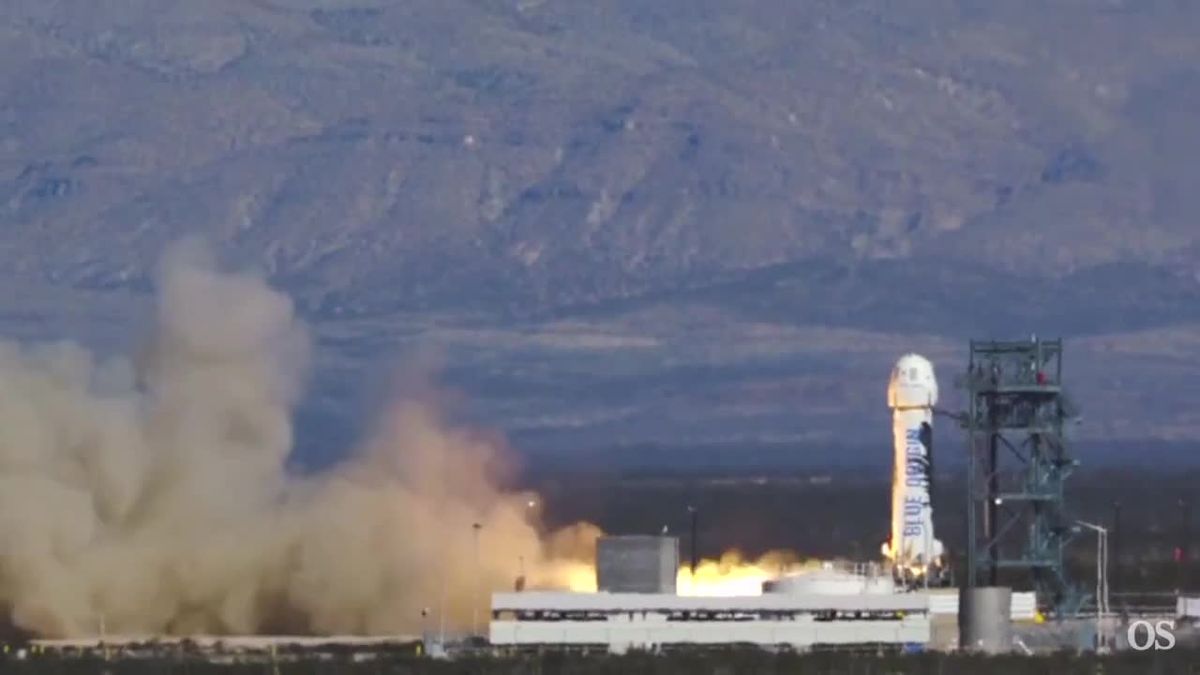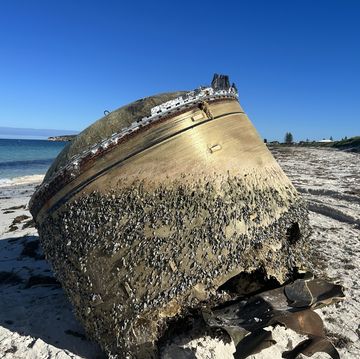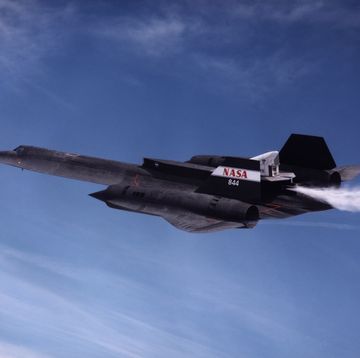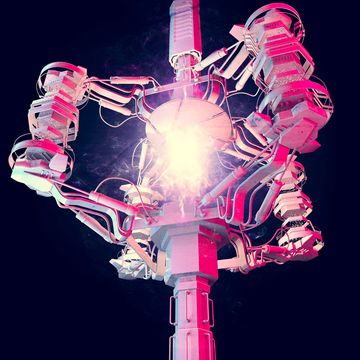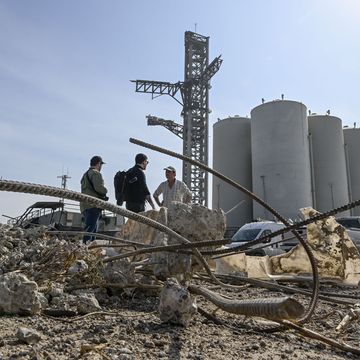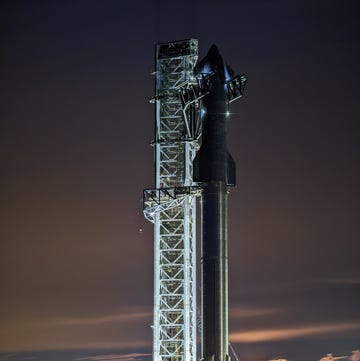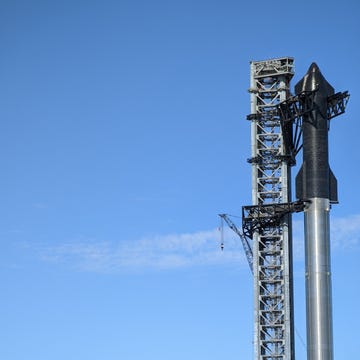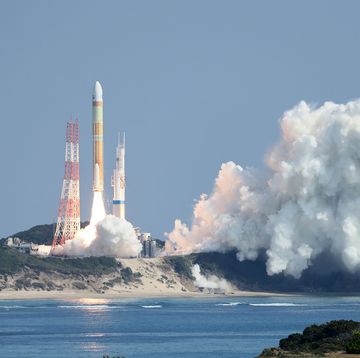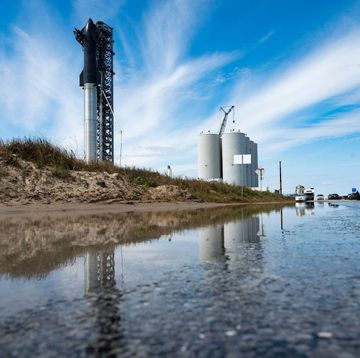Blue Origin started work on its next-generation BE-4 engine in 2011. It wasn’t revealed to the public for three years. News of the BE-4 is always sparse.
Last October, after the first test, at 50 percent thrust, Blue Origin tweeted a six-second-long video. In January, it was 13 seconds after another crucial test. In the private space industry, where companies tend to present themselves with style and panache, Blue Origin has always been the quiet one. So the BE-4 project is worth a close look, because it offers clues to where Blue Origin is at as a company—and because it’s helping solve a national security issue.
Blue Origin announced the BE-4 in 2014 when the company won a contract with United Launch Alliance to supply the engines for its new launch vehicle, Vulcan. ULA is a partnership between Lockheed Martin and Boeing that until recently held a monopoly on military launches—despite the fact that one of its two primary vehicles, the Atlas V, is powered by a Russian rocket engine, the RD-180. During the space race Russian engineers developed cheap, efficient rocket engines; when the Cold War ended, these engines found a home in American rockets. (Yes, they’ve been used to send classified payloads to space.)
When the BE-4 was announced as ULA’s choice for Vulcan, which is scheduled to fly in 2020, it was a big victory for Jeff Bezos, who funds Blue Origin with $1 billion of his own Amazon stock per year. But it also benefits the Blue Origin engineers: Vulcan should get lots of government launches, offering real-world engine data on a scale that will accelerate its development efforts.
The catch is the BE-4 actually won’t match the RD-180’s performance. Where the Atlas V uses one RD-180, making 860,000 lb-ft of thrust, Vulcan requires two BE-4 engines to generate 1,100,000 lb-ft. And there’s another major difference: BE-4’s use of liquefied natural gas instead of RD-180’s kerosene. Why? At a cost of lower power, the BE-4’s design reduces complexity and avoids creating a sooty byproduct—upping its reusability.
The performance discrepancy between the BE-4 and the RD-180 exists because the BE-4’s larger purpose is to power the orbital New Glenn rocket Blue Origin has planned for 2020. New Glenn is about 40 feet taller and almost double the diameter of SpaceX’s Falcon 9, requiring seven BE-4s at liftoff and one in the second stage. It’s the key to Blue Origin’s plans for the future, and with the BE-4 set for flight qualification later this year and plans in place to manufacture engines at a facility in Huntsville, Alabama, New Glenn is growing ever closer to being a reality. And Blue Origin should thank ULA, at least in part, since it offered funding and a chance to scale up the ideal engine design.
It’s straight out of the Amazon playbook: building something for yourself and getting customers to help pay for it. (It’s what Amazon did with Cloud computing and is doing now with delivery.) Not that ULA will complain, since it’s getting what it needed: an engine that’s not a political taboo.
Bobak Ferdowsi is an engineer at NASA’s Jet Propulsion Laboratory who helped land the Curiosity rover. Views are his own and not endorsed by his employer.
This story appears in the May 2018 issue. Want more Popular Mechanics? Get Instant Access!
Bobak Ferdowsi is an engineer at NASA's Jet Propulsion Laboratory who helped land the Curiosity rover. Views are his own and not endorsed by his employer.

